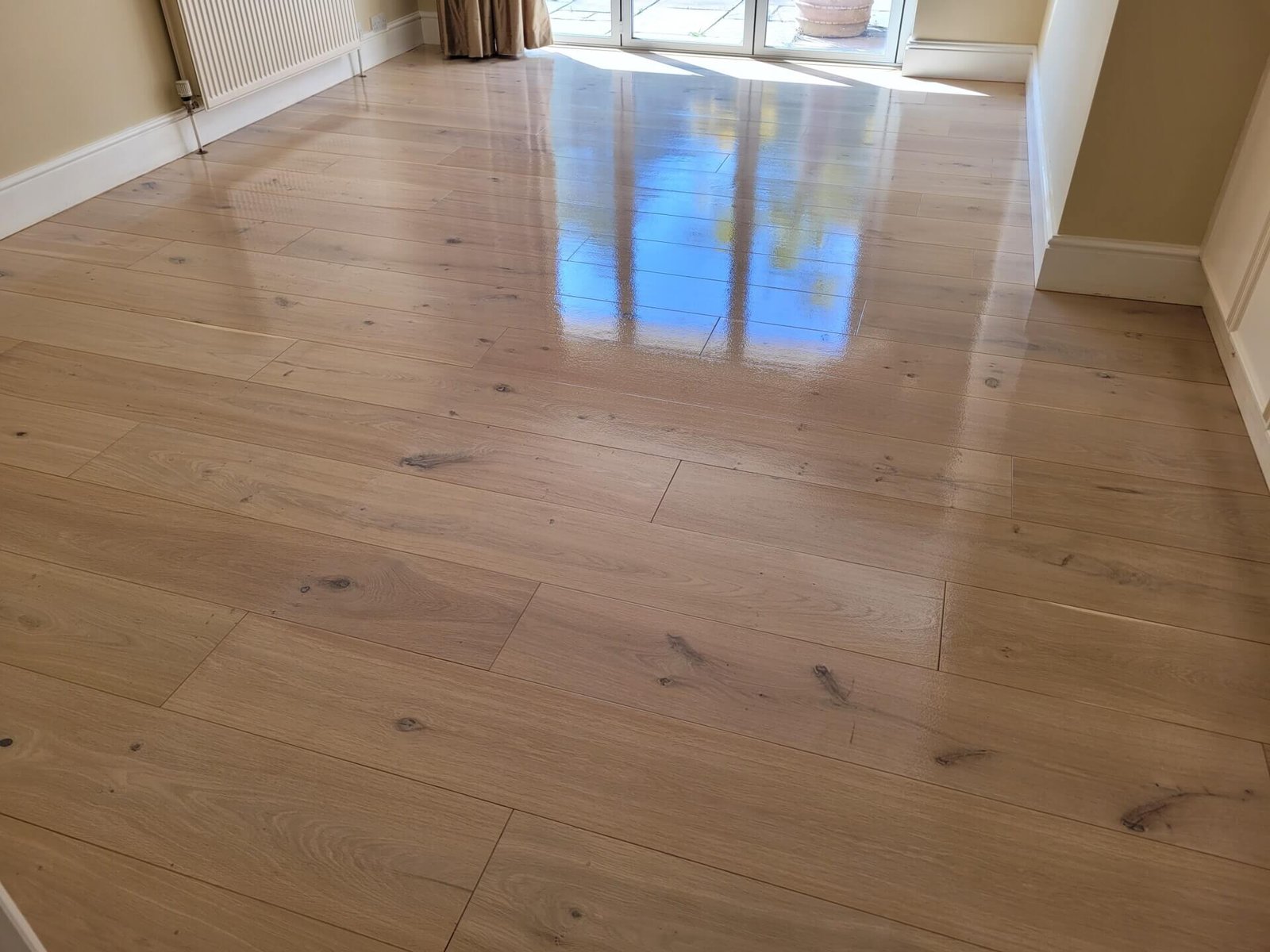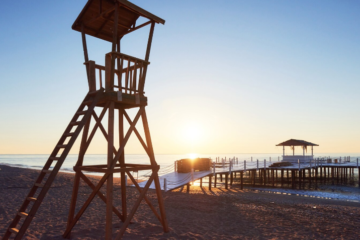Whitewashing timber floors has become a popular trend in modern home design. It gives spaces a clean, coastal-inspired aesthetic while enhancing the natural grain and texture of the wood. However, achieving that perfect balance between rustic charm and contemporary appeal requires more than just applying a white stain. Many homeowners make mistakes that can ruin the finish, tone, or durability of their floors.
In this guide, we’ll explore the most common mistakes to avoid when whitewashing timber floors and how you can achieve flawless results. Whether you’re a DIY enthusiast or planning to hire professionals, understanding the process will help you preserve the beauty of your timber floors for years to come.
Why Whitewashing Timber Floors Is So Popular
Whitewashing creates a light, airy, and timeless look that fits perfectly with Scandinavian, coastal, and minimalist interiors. It softens dark wood tones and makes rooms appear larger and brighter.
Beyond aesthetics, whitewashing also enhances the natural texture of the timber rather than hiding it, allowing the grain to shine through. With the right approach, modern whitewash timber floor ideas can transform a dull space into a luxurious yet welcoming environment.
However, achieving this finish requires precision and patience — and that’s where many go wrong.
Mistake 1: Skipping Proper Preparation
One of the biggest mistakes homeowners make is skipping surface preparation. Whitewash does not adhere well to dirty, waxy, or previously sealed timber surfaces. If you apply whitewash without sanding and cleaning, it can result in patchy, uneven coverage.
How to Avoid It:
- Sand the floors thoroughly to remove old finishes, stains, and imperfections.
- Vacuum and wipe away all dust and debris.
- Make sure the surface is completely dry before applying any coating.
This preparation ensures that your whitewash penetrates the wood evenly and produces a professional-quality finish.
Mistake 2: Using the Wrong Type of Paint or Stain
Not all paints and stains are suitable for whitewashing timber floors. Using regular wall paint, for example, can lead to peeling, chipping, or a plastic-like finish that hides the wood’s natural grain.
How to Avoid It:
- Choose products specifically designed for timber floors.
- Opt for a water-based or oil-based whitewash that allows the grain to show through.
- Test your product on a small, hidden section before applying it to the entire floor.
Choosing the right product is crucial for achieving the elegant and natural effect that modern whitewash timber floor ideas are known for.
Mistake 3: Applying Too Much Whitewash
It’s easy to get carried away and apply too much whitewash, hoping for a whiter, brighter finish. Unfortunately, this often leads to a chalky appearance that hides the grain completely.
How to Avoid It:
- Start with a light coat and build up gradually.
- Wipe off excess whitewash with a clean rag before it dries.
- Remember: the goal is to enhance, not conceal, the wood’s natural character.
A subtle, translucent finish always looks more sophisticated and aligns better with modern whitewash timber floor ideas.
Mistake 4: Ignoring the Type of Timber
Different types of timber react differently to whitewashing. Softwoods like pine absorb more stain, while hardwoods like oak or jarrah can produce inconsistent tones if not treated correctly.
How to Avoid It:
- Identify your timber type before beginning the process.
- Apply a primer or pre-stain conditioner if you’re working with porous wood.
- Adjust your technique based on the wood’s density and absorption rate.
Understanding your material ensures the finish looks intentional rather than accidental.
Mistake 5: Skipping the Sealing Step
Whitewashing alone won’t protect your floors. Without a top coat, the finish will wear off quickly, especially in high-traffic areas. Many homeowners skip sealing because they fear it will alter the color, but modern sealers can preserve both tone and texture.
How to Avoid It:
- Always apply a protective sealant after the whitewash dries completely.
- Use a water-based polyurethane for a matte or satin finish that maintains the natural look.
- Apply at least two coats for durability and longevity.
Sealing is essential for keeping your floors beautiful and easy to maintain.
Mistake 6: Rushing the Drying Process
Patience is key in whitewashing. Rushing between coats or sealing too soon can cause smudging, streaking, or uneven tones.
How to Avoid It:
- Allow sufficient drying time between each layer.
- Follow the manufacturer’s recommended drying schedule.
- Keep the area well-ventilated and free of dust during the curing process.
Taking your time ensures the final result is consistent, long-lasting, and visually stunning.
Mistake 7: Neglecting Regular Maintenance
Even after a perfect installation, whitewashed floors require proper care. Using the wrong cleaning products or excessive water can dull the finish and damage the wood.
How to Avoid It:
- Clean using a damp mop, not a soaking wet one.
- Avoid harsh chemicals or abrasive tools.
- Reapply a fresh coat of sealant every few years to maintain protection.
Regular maintenance will help preserve your modern whitewash timber floor ideas and keep them looking elegant for years to come.
Expert Tips for Perfect Whitewashed Timber Floors
- Test Before Applying: Always do a sample test on an offcut or hidden corner.
- Control Lighting: Work in natural light so you can see true color results.
- Blend Techniques: Combine brushing and wiping methods for more depth.
- Consider Professional Help: If you’re new to DIY flooring, consult a flooring specialist.
- Plan for the Long Term: Choose finishes that suit your lifestyle and traffic needs.
These tips ensure that your finished floors not only look beautiful but also stand the test of time.
Final Thoughts
Whitewashing timber floors is an art that combines technical skill and design sensitivity. When done correctly, it transforms your interiors with brightness, warmth, and character. However, even small mistakes can affect the outcome and durability.
By avoiding the common errors mentioned above and embracing modern whitewash timber floor ideas, you can achieve a finish that enhances your home’s natural beauty while maintaining a modern and timeless appeal.
Proper preparation, the right materials, and patience will help you master the process and enjoy stunning, long-lasting results for years to come.



